A Complete Guide to C Batteries
In our guide, discover all you need to know about C batteries, the different types, and how they can be used.

This easy-to-follow guide contains everything you need to know about C batteries, including what they are, the different types, how to use them, and the best brands available.
What are C Batteries?
C batteries are a widely used size of ‘dry cell’ battery. As the name suggests, dry cells were created to operate with minimal internal moisture, making these batteries ideal for portable devices. AA and AAA batteries are the most familiar size of dry cell battery, but these are smaller and therefore have a more limited lifespan than size C batteries.
C batteries are also known as R14s, after their designation by the International Electrotechnical Commission (IEC), a prominent electrical standards body.
Different Types of C Battery
There are two principal types of C battery – standard (non-rechargeable) and rechargeable. Both C battery types have their own strengths and weaknesses when compared to the other, so it’s important to fully understand the differences and select the best types of C batteries for your specific application.
Standard/Non-Rechargeable C Batteries
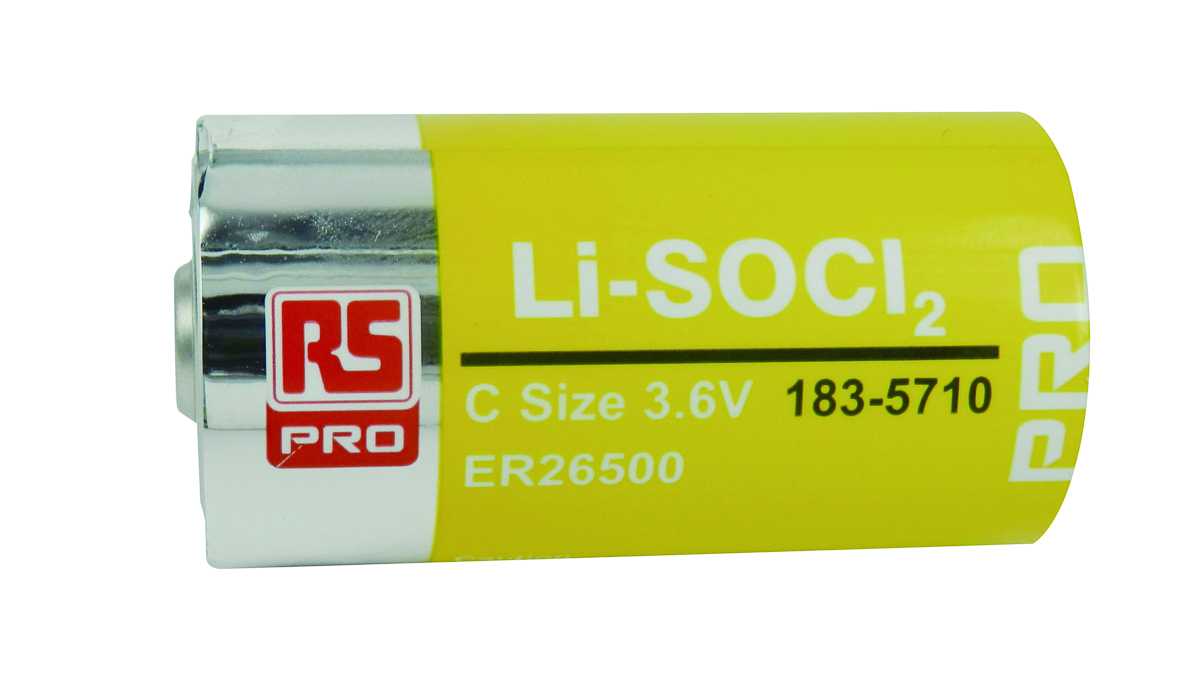
Non-rechargeable C batteries provide a reliable and long-lasting charge for devices with medium-to-high power consumption needs.
To ensure maximum compatibility, C type batteries are built to a standard size:
- 50mm or 1.97 inches in length
- 26.2mm or 1.03 inches in diameter
Rechargeable C Batteries
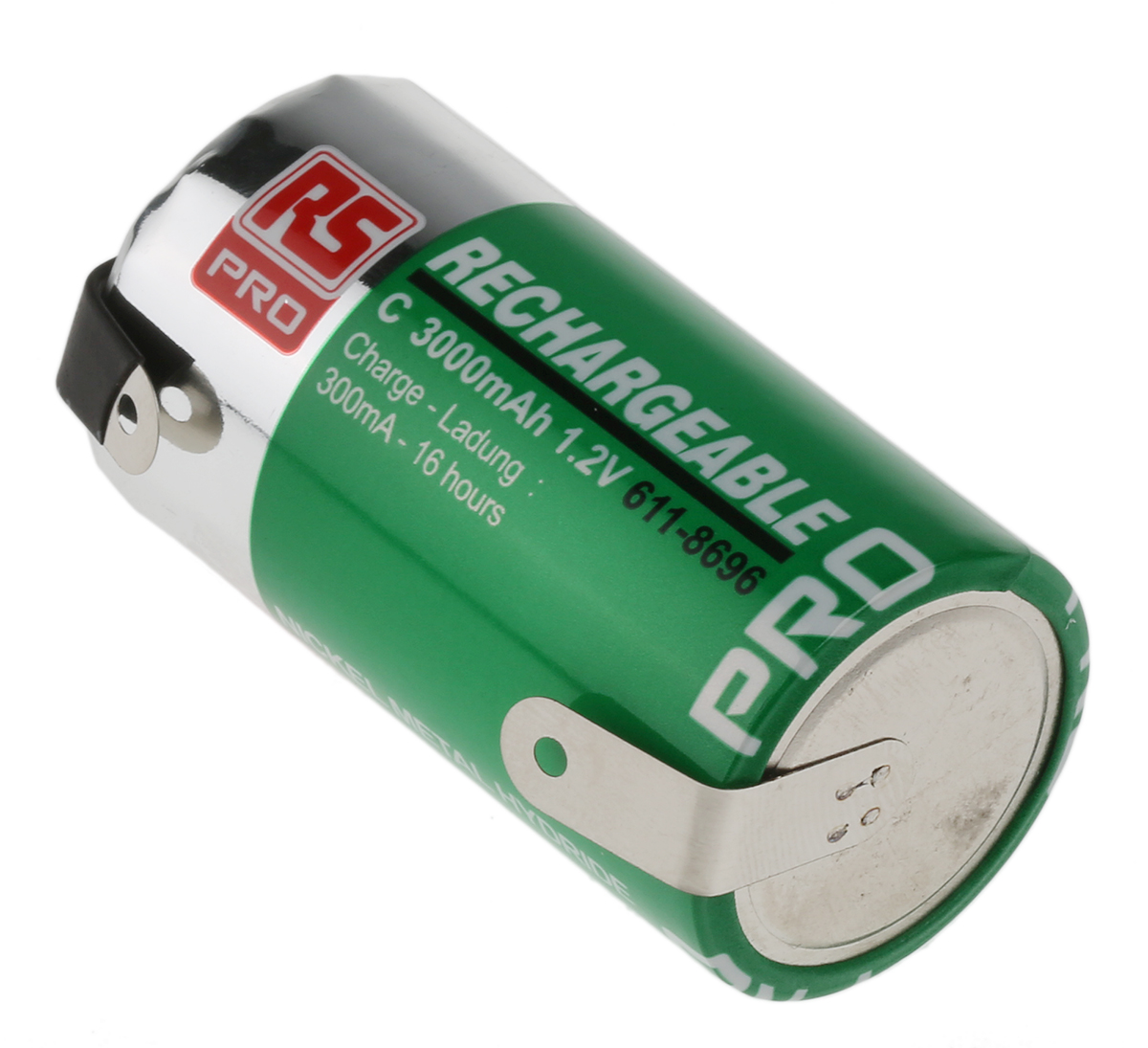
As the name suggests, rechargeable C batteries can be recharged hundreds of times, making them a truly sustainable choice. Some C size rechargeable batteries are built into the device that they power while removable models require a separate adapter for the charging process.
There are various different types of rechargeable C batteries available, including:
- NiMH (nickel-metal hydride)
- NiCd (nickel-cadmium)
- Li-ion (lithium iron)
C Battery Voltages
Batteries are distinguished by their voltage - the strength of their electrical charge. Each battery is labelled with a ‘nominal voltage’ which defines its capacity in ideal conditions. In practice, though, voltage discharge varies according to the conditions in which it is operating.
The key nominal voltages for consumer-level non-rechargeable type C batteries are as follows:
1.5v C Batteries
1.5v C batteries are standard, non-rechargeable batteries that are typically used in everyday household items.
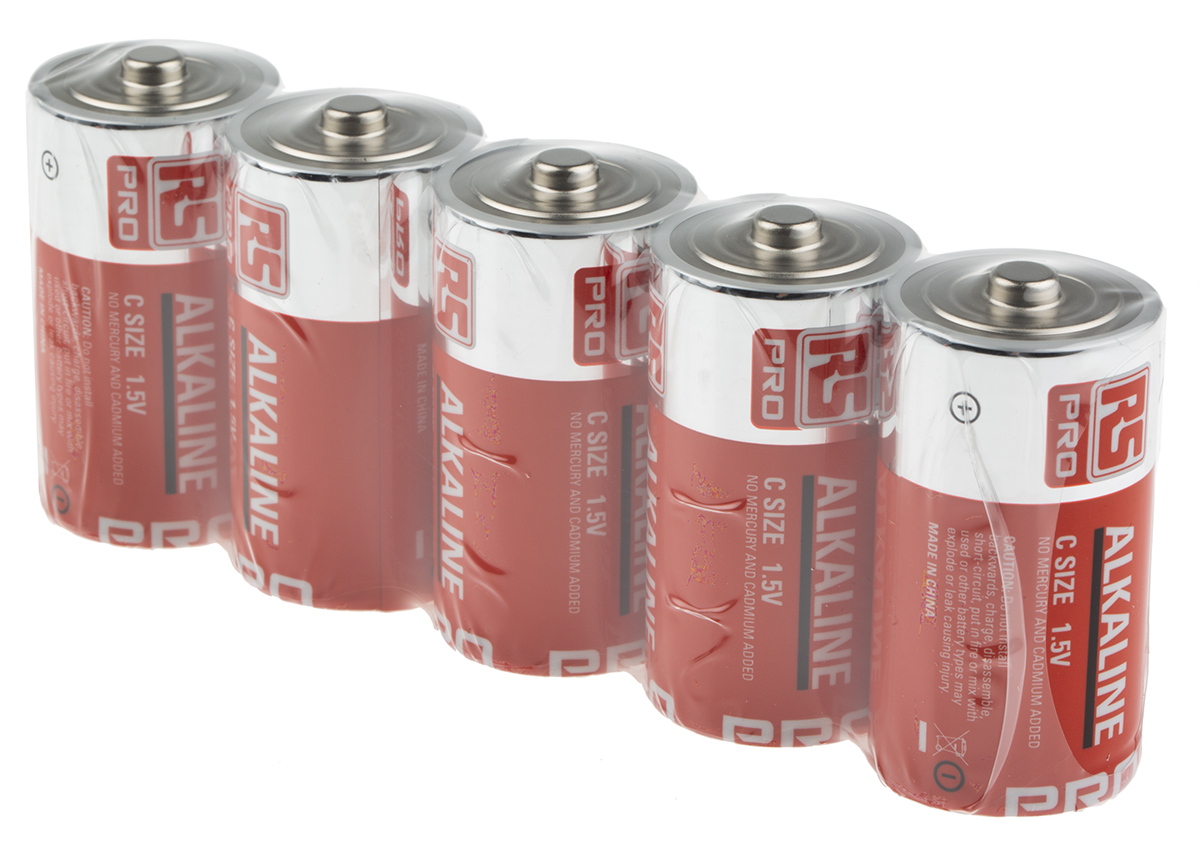
-
Typical Applications:
- Remote controls
- Clocks
- Radios
- Toys
- Torches
C Batteries by Chemical
C batteries, like other types of battery, are differentiated not only by their capacity and voltage but also by the key materials used in their construction.
Let’s take a look at C batteries by chemical type:
Alkaline C Batteries
Alkaline C batteries are based around an alkaline electrolyte (anti-acidic electrically-conducting blend) of potassium hydroxide. Thanks to their energy density and long shelf life, C alkaline batteries are one of the most widely used types of batteries and they are commonly found in a variety of everyday household items.
What Can C Batteries Be Used for?
Standard C batteries are ideal for portable devices which consume mid-high levels of power. They are widely used in:
-
Torches
-
Cameras
-
Radios
-
Intruder alarms
-
Musical instruments
-
Walkie-talkies
-
Toys
Popular C Battery Brands
Popular C battery brands include:
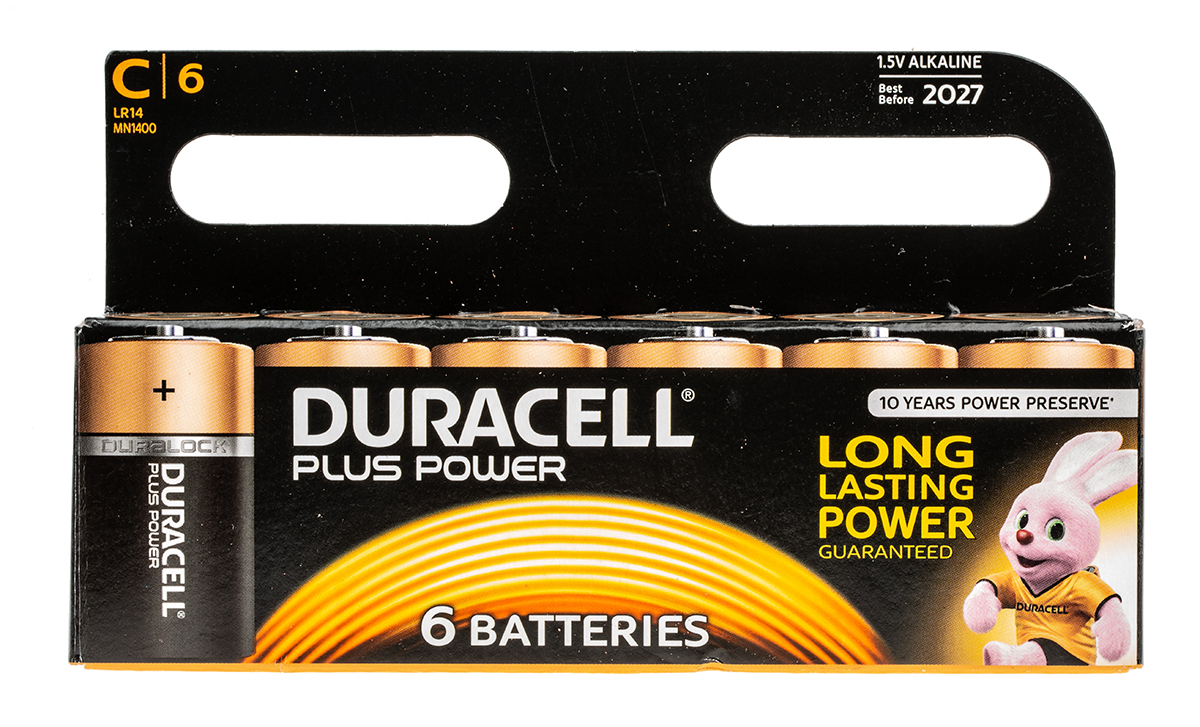
Duracell C Batteries
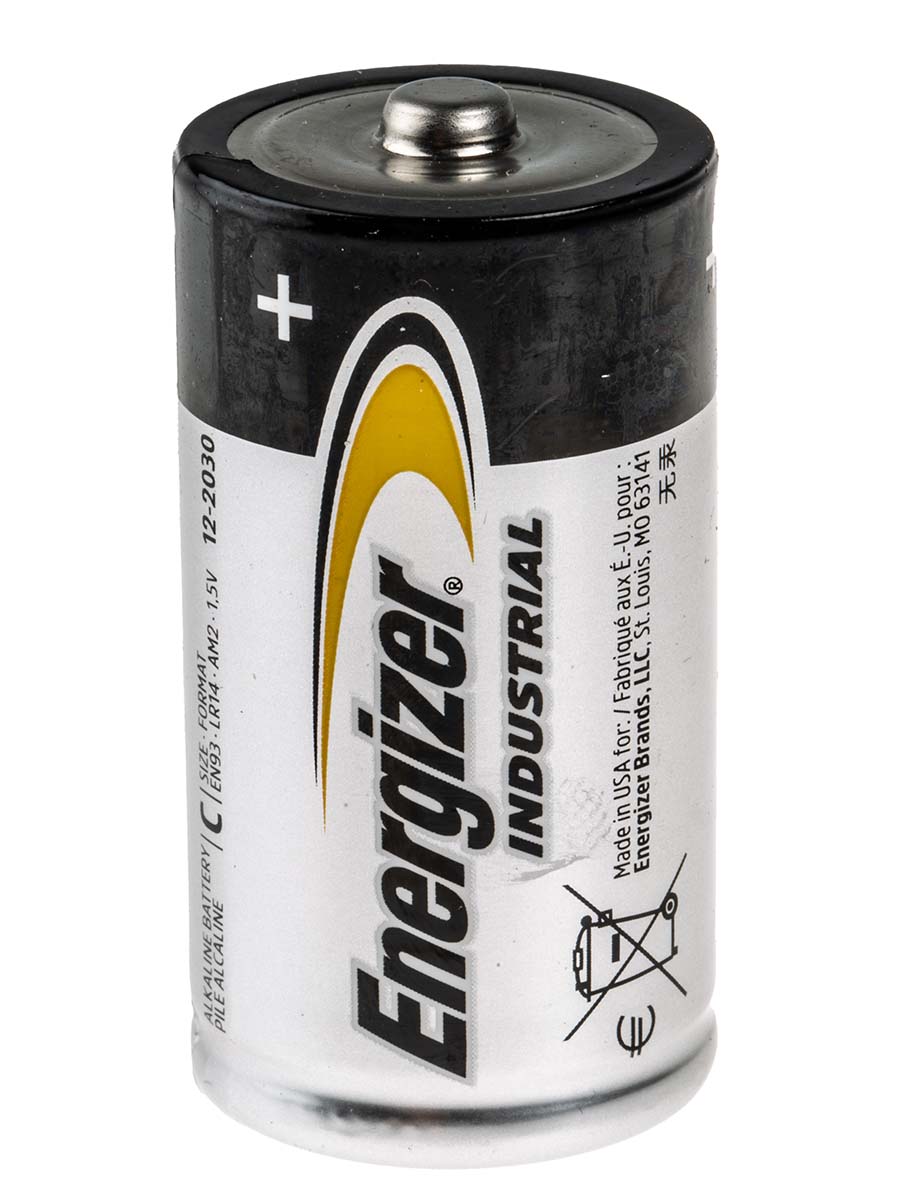
Energizer C Batteries

RS PRO C Batteries
FAQs
Can You Charge Non-Rechargeable Batteries?
No. Non-rechargeable batteries are simply not designed to be charged and attempting to do so could lead to ruptures, overheating and even explosions. Standard batteries cannot store excess electrons because they have no means to do so; once all the electrons stored within them have been depleted, the battery becomes inert. By contrast, rechargeable batteries do contain chemicals which can store excess electrons and these reservoirs are filled during the charging process.
Can You Recycle C Batteries?
Yes. C batteries can be recycled alongside other standard battery sizes. In some areas, local authorities accept batteries in standard refuse collection services. In others, you will need to take the used batteries to a local recycling centre or collection point to ensure proper disposal. Old batteries are broken down into the constituent components for reuse.
Are C Batteries Allowed on Planes?
In most cases, yes, but only smaller, portable models and only in carry-on luggage. Any batteries stored in checked-in bags pose a significant safety risk because they can catch fire or explode when exposed to the pressurised hold of commercial aeroplanes. Battery regulations can be complex, so it’s always advisable to check with the airline before flying.
How Long Do C Batteries Last?
There is no single answer to this question. A C battery’s lifespan depends on the specific model and size, as well as the power consumption of the device it is attached to. On average, a standard 1.5v C battery should last more than 18 hours when discharged at a rate of 200mA (milliamps). Milliamps are 1.000th of an amp, the basic unit of electrical current.
Rechargeable size C batteries typically have a capacity of between 2200 and 4500 mAh (milliamp hours). The latter is sufficient to power a strong torch for more than six hours.
Where to Next?
Browse our wide range of standard and rechargeable C batteries and accessories below.
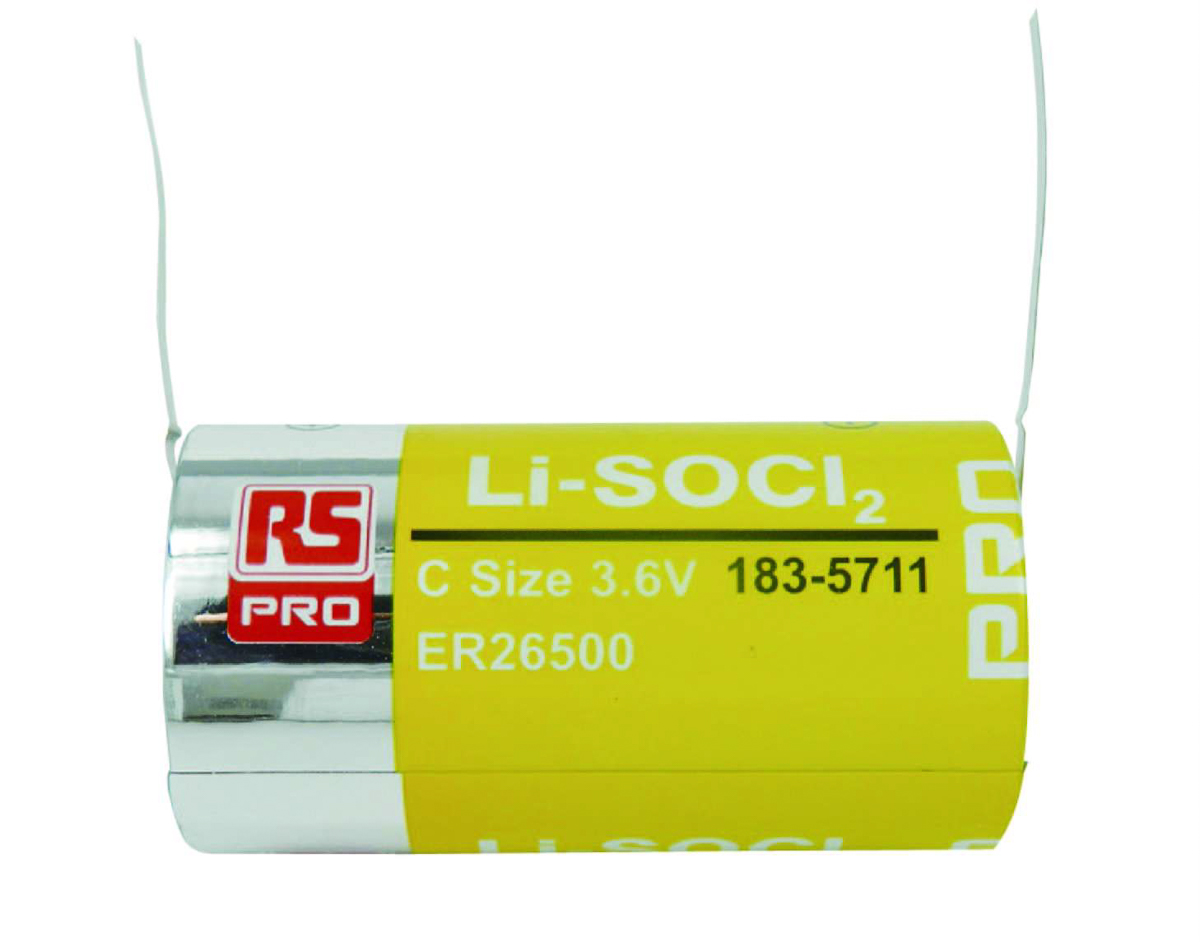
Non-Rechargeable C Batteries

Rechargeable C Batteries
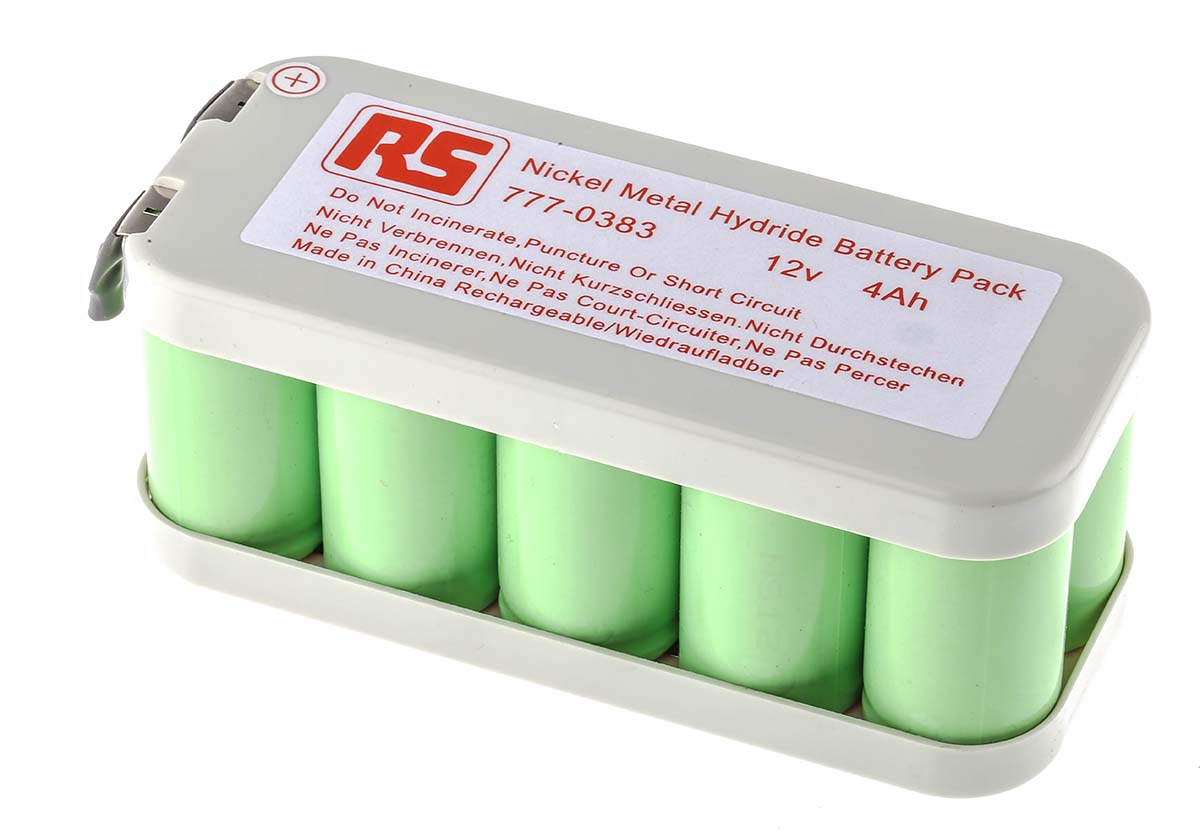
Rechargeable C Battery Packs